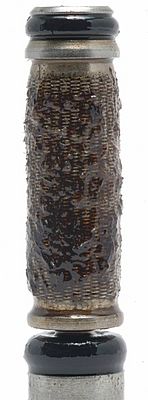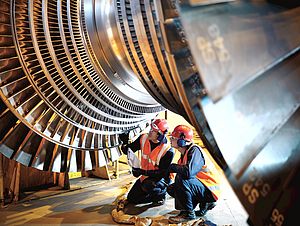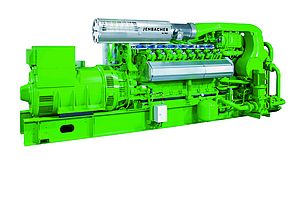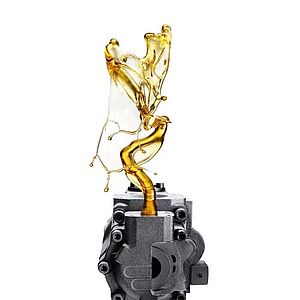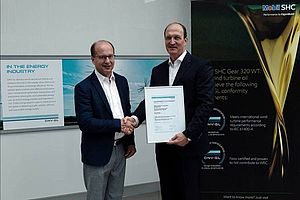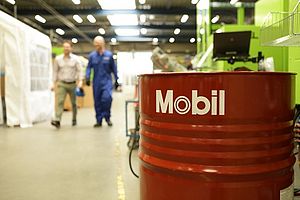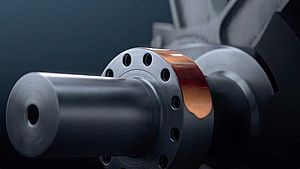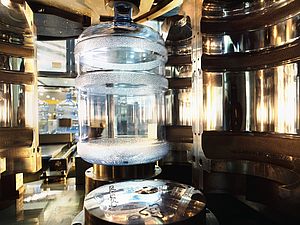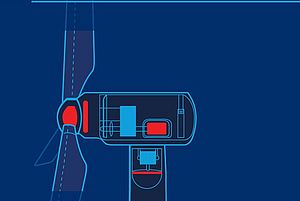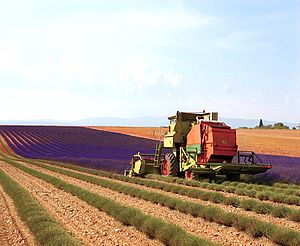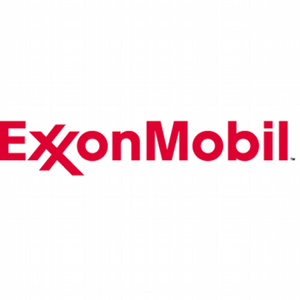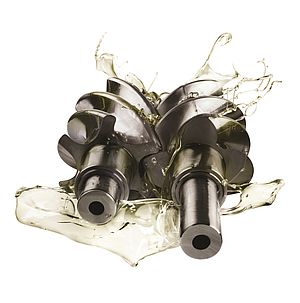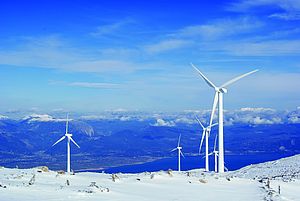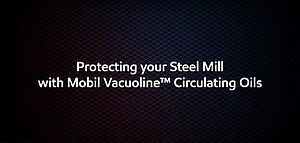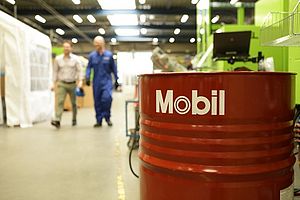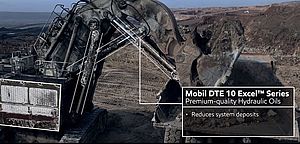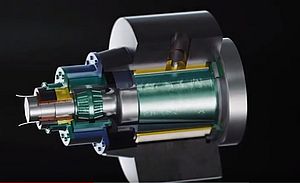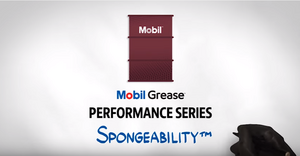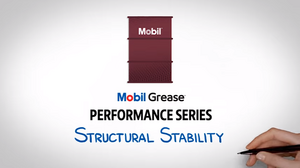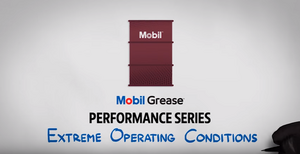Varnish can have a significant impact on the reliability of gas turbine operations. What is varnish and how much of an issue is it in the power industry?
Varnish has historically been used as a catch all term for deposits, either in the form of sludge or varnish. Sludge is often described as a soft, pliable, organic residue that can be easily removed by wiping, while varnish refers to the hard, oil insoluble organic residue that is not easily removed by wiping. According to a recent ExxonMobil Fuels & Lubricants survey of 192 gas turbine power plants with a combined total of 626 gas turbines, approximately 40 per cent reported current or historical varnish issues within six years of oil service life. Both varnish and sludge form in different ways and there are many contributing factors to their formation.
Turbines with common hydraulic and bearing reservoirs are far more susceptible to unit trips or no-starts related to varnish than turbines with segregated reservoirs. Mild varnish can also build on journal and thrust bearings with little or no impact on bearing temperatures or shaft rotations. Unit trips or no-starts are rarely, if ever, reported due to varnish in turbine bearings. For these reasons, varnish prevention and detection should be emphasized on turbines with common hydraulic and turbine oil reservoirs compared to turbines with separate hydraulic and turbine oil reservoirs.
Varnish Theory
How does varnish occur?
There are three main mechanisms of varnish formation: thermal degradation of oil which can take place at temperatures above 300°C; oxidation, a reaction that acts to decompose the oil; and contamination of the oil, through either internal or external sources.
While treating the symptoms of varnish through mitigation technologies may extend service life, the important factors for reliable operation are starting with a clean system and using a turbine oil designed to prevent varnish from forming. A well-balanced formulation that utilises high-performance base stocks and advanced technology additives is the first line of defence against the formation of sludge and varnish.
What properties should an operator look for when selecting a gas turbine oil?
Varnish formation and management are greatly impacted by the oil’s formulation. By selecting an oil composed of highly refined base oils and a proper balance of advanced technology additives, it is less likely to be compromised during long-term service. In general, higher group base stocks blended with advanced technology additives offer the best first line against varnish. In selecting a well-balanced gas turbine lubricant, maintenance personnel should consider the following performance areas:
Deposit Control
As mentioned earlier, varnish can be generated by thermal degradation, oxidation and contamination. Some oils generate more deposits than others, but advanced turbine oils are formulated to limit the generation of sludge and varnish, while keeping deposits in suspension.
ExxonMobil Research and Engineering developmental oil from test rig inspections. Oxidation Stability
Turbine bearing temperatures approaching 120°C, in combination with equipment metals, contaminants and entrained air all contribute to the oxidation process, which precedes varnish formation. To combat this, operators should look for higher level turbine oil base stocks and advanced antioxidants which can provide protection against oxidation when properly formulated.
Air Release and Foam Control
Entrained air in an oil with inferior air release performance may be compressed in turbine bearings or high pressure hydraulics, causing adiabatic compression (a.k.a. micro dieseling). Adiabatic compression can cause localised elevated oil temperatures that may promote the formation of varnish. In addition, inferior air release can result in less than precise control in system hydraulics.
Similarly, excessive surface-level foaming can accelerate oxidation and lead to operational issues, such as the inability to measure lubricant levels correctly, or reservoir overflow from vents. Oils formulated to have rapid air release and minimal foam formation will provide superior protection against the formation of varnish.
Filterability
The filterability of a fluid can be defined as its ability to pass through a filter with minimal pressure drop. Oils with poor filterability will pollute filters faster that those with good filterability. This often translates into more frequent filter changes.
Anti-Rust and Corrosion protection
Rust and corrosion can also contribute to oxidation and the formation of contaminant-based varnish. Oils formulated to minimise rust and corrosion will reduce the likelihood of varnish formation.
Wear protection
Wear on high pressure hydraulics, the gears of the accessory gearbox, generator reduction gear or turning gear, can directly impact on gas turbine performance. Wear material from these components can indirectly be a source of varnish formation, since the wear metals will act as an oxidation catalyst.
Is there any way to anticipate varnish formulation issues?
Once the appropriate lubricant is selected, it is imperative that its in-service performance is monitored via a proactive oil analysis program. Generally, sampling and testing should be done at least quarterly, and it is usually beneficial to perform it more frequently as the oil condition degrades. By trending the chronological results of these tests, maintenance personnel can gain valuable insights into the condition of the oil, equipment and the remaining service life of both.
Today’s available historical oil analysis testing methods cannot accurately predict varnish, although the industry has been working to develop methods to better predict varnish in gas turbine hydraulic systems with a combination of Ultra Centrifuge (UC), Membrane Patch Colorimetry (MPC) and Linear Sweep Voltammetry (RULER) tests.
While these tests can be helpful, care should be taken regarding action plans based on test performance. Action plans from these tests should be application and oil specific. “Application specific” action plans consider that gas turbines with combined hydraulic and bearing reservoirs are more varnish sensitive than a steam turbine with separate hydraulics. “Oil specific” action plans refer to the formulation chemistry of the turbine oil.
Can you tell us more about ExxonMobil’s latest gas turbine lubricant?
ExxonMobil Fuels & Lubricants has recently introduced Mobil DTE™ 932 GT, a scientifically engineered gas turbine oil that can help power operators to increase productivity by reducing unscheduled downtime.
Across a wide range of testing procedures, Mobil DTE 932 GT was shown to deliver critical performance benefits such as the potential for greatly reduced varnish formation, enhanced turbine performance and durability. As a result, Mobil DTE 932 GT meets or exceeds the standards for General Electric frame 3, 5, 6, 7 and 9 turbines.
Other performance benefits of Mobil DTE 932 GT include exceptional high temperature performance, outstanding deposit control, excellent foam control and air release.


